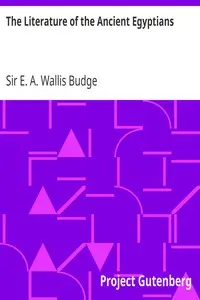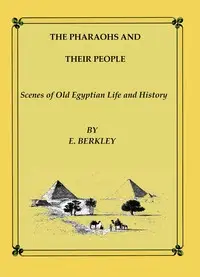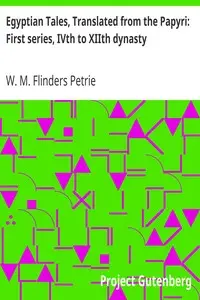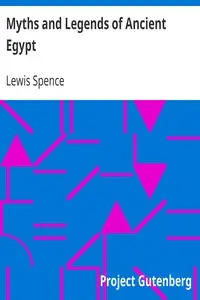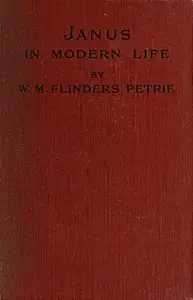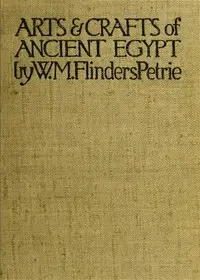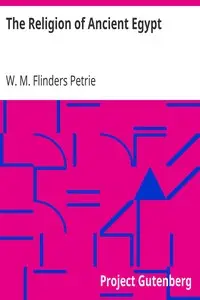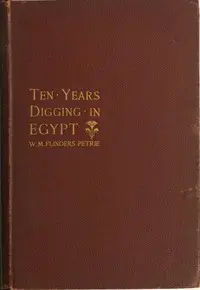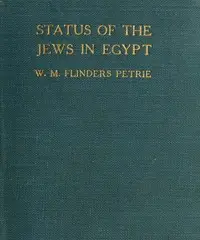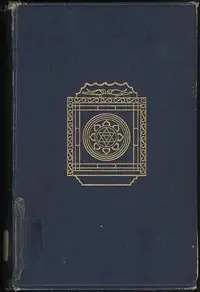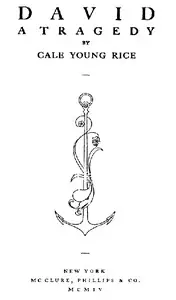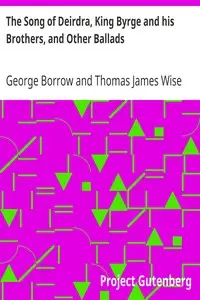"Egyptian Tales, Translated from the Papyri: Second series, XVIIIth to XIXth dynasty" edited by W. M. Flinders Petrie, takes readers back to ancient Egypt, revealing a world of cunning military leaders, princes battling destiny, and brothers caught in webs of betrayal and loyalty. These stories, far from simple fantasies, reflect the real lives, loves, and beliefs of people living during the 18th and 19th Dynasties. The collection begins with an explanation of these tales that are important for understanding ancient Egyptian culture. One story tells of Tahutia and his clever plan to defeat an enemy through tricks, while another follows a prince trying to outsmart a deadly prophecy while trying to find love. Through adventure, these narratives transport us to a time of gods and pharaohs, giving a unique glimpse into the human experience in ancient Egypt.
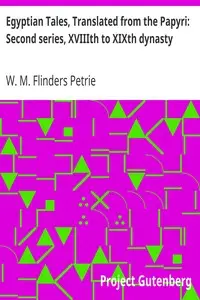
Egyptian Tales, Translated from the Papyri: Second series, XVIIIth to XIXth dynasty
By W. M. Flinders (William Matthew Flinders) Petrie
Travel to ancient Egypt where trickery wins battles, fate shadows a prince's love, and brotherhood faces the ultimate test.
Summary
About the AuthorSir William Matthew Flinders Petrie, commonly known as simply Sir Flinders Petrie, was a British Egyptologist and a pioneer of systematic methodology in archaeology and the preservation of artefacts. He held the first chair of Egyptology in the United Kingdom, and excavated many of the most important archaeological sites in Egypt in conjunction with his wife, Hilda Urlin. Some consider his most famous discovery to be that of the Merneptah Stele, an opinion with which Petrie himself concurred. Undoubtedly at least as important is his 1905 discovery and correct identification of the character of the Proto-Sinaitic script, the ancestor of almost all alphabetic scripts.
Sir William Matthew Flinders Petrie, commonly known as simply Sir Flinders Petrie, was a British Egyptologist and a pioneer of systematic methodology in archaeology and the preservation of artefacts. He held the first chair of Egyptology in the United Kingdom, and excavated many of the most important archaeological sites in Egypt in conjunction with his wife, Hilda Urlin. Some consider his most famous discovery to be that of the Merneptah Stele, an opinion with which Petrie himself concurred. Undoubtedly at least as important is his 1905 discovery and correct identification of the character of the Proto-Sinaitic script, the ancestor of almost all alphabetic scripts.


